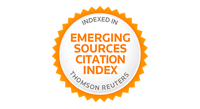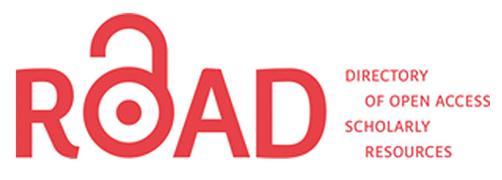Submissions
Submission Preparation Checklist
As part of the submission process, authors are required to check off their submission's compliance with all of the following items, and submissions may be returned to authors that do not adhere to these guidelines.-
The text is original and unpublished, it is not published or available on the Internet, it has not been sent simultaneously to another journal and its evaluation is not pending to be published in some other media.
-
The text file must be in Microsoft Word format.
-
The captions of the illustrations, figures and tables must be referenced within the text in the part where they are mentioned and not at the end of the article.
-
The images, figures and tables must be in a different file, in JPG format and named according to the requiments established in Guidelines for Authors.
-
The text must comply with the Blibliography and Style requirements described in Guidelines for Authors.
-
If the material sent is for a journal for peer review, the instructions described in Guarantee for Blind Review must be followed.
- Websites for references must added where possible.
Copyright Notice
As of issue 19 (2019), materials are published under a license CC BY-NC-SA.
From issue 14 (2014) to issue 18 (2018) the materials were published under a licence CC BY-NC-ND.
According to these terms, the material can be copied and redistributed by any means or in any format as long as a) the author and original source of the publication are quoted (journal and URL of the work), access to the license is provided and whether changes have been made is mentioned; and b) the material is not used for commercial purposes.
The cession of non-exclusive rights means that after the publication (post print) in Boletín de Arte the authors can publish their work in any language, means and format; in such cases it must be mentioned that the material was originally published in this journal.
Such cession also means the authorization of the authors for the work to be collected by SEDICI, the institutional archive of the National University of La Plata, and to be spread in the databases that the editorial team considers appropriate to increase the visibility of the publication and its authors.
Moreover, the journal encourages the authors to deposit their productions in other institutional and thematic archives under the principle that offering the society the scientific and academic production without any restrictions contributes to a greater exchange of the global knowledge.































